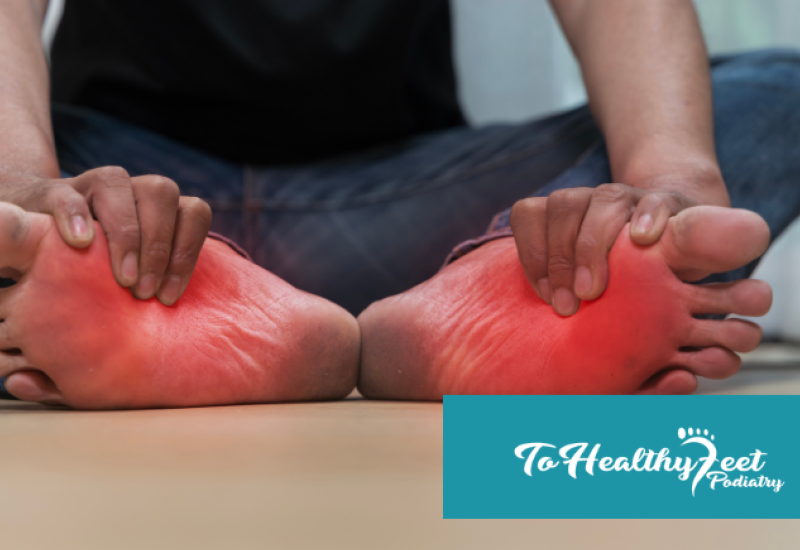Ankle sprains are common yet often misunderstood injuries that can occur in various settings, from sports fields to simply walking on uneven ground. Understanding how to administer first aid effectively can make a significant difference in recovery time and the severity of the injury.
Every year, numerous people suffer ankle sprains, a painful and sometimes debilitating injury that can occur in the blink of an eye. Whether you're an athlete, a weekend warrior, or someone who simply took an unfortunate step, knowing how to respond to this injury is crucial. The R.I.C.E. method (Rest, Ice, Compression, Elevation) is widely recognized as an effective first-aid treatment for ankle sprains, offering immediate care and setting the stage for a smoother recovery.
Understanding Ankle Sprains
An ankle sprain happens when the ligaments that support the ankle stretch beyond their limits and tear. These ligaments are crucial in stabilizing the ankle and preventing excessive movement. A sprain can range from mild (slight stretching and microscopic tearing of the ligament fibers) to severe (complete tear of the ligaments).
Immediate Care with the R.I.C.E. Method
- Rest: The first and perhaps most crucial step is to stop any activity immediately and rest the injured ankle. Continuing to walk or bear weight on a sprained ankle can worsen the injury. Rest not only prevents further harm but also allows the healing process to begin.
- Ice: Applying ice to the injured area is an effective way to reduce swelling and pain. It's best to ice the ankle as soon as possible after the injury. Use a cold pack or a bag of frozen peas wrapped in a towel to avoid direct contact with the skin. Apply ice for 15-20 minutes every two to three hours for the first 48-72 hours.
- Compression: Wrapping the injured ankle with an elastic bandage helps control swelling and stabilize the joint. The bandage should be snug but not too tight as to cut off circulation. If the toes start to tingle or turn blue, the bandage is too tight and should be loosened.
- Elevation: Elevating the injured ankle above heart level whenever possible helps reduce swelling. This can be achieved by propping the leg up on pillows or a chair. Elevation is most effective when combined with the other elements of the R.I.C.E. method.
Avoiding Common Mistakes
While the R.I.C.E. method is straightforward, there are common pitfalls to avoid. Do not apply heat to the injury during the first 48 hours, as this can increase swelling. Avoid activities that could put strain on the injured ankle, like walking or standing for prolonged periods. Also, while compression is helpful, be mindful not to wrap the bandage too tightly.
Seeking Medical Attention
While the R.I.C.E. method is effective for minor sprains, it's essential to know when to seek medical attention. If you experience severe pain, cannot bear weight on the ankle, or notice significant swelling and bruising, it's important to consult a healthcare professional. They can provide a proper diagnosis, rule out more severe injuries like fractures, and recommend a tailored treatment plan.
Ankle sprains, while common, shouldn't be taken lightly. Prompt and appropriate first aid can significantly impact the healing process and the likelihood of a full recovery. Remembering the R.I.C.E. method – Rest, Ice, Compression, Elevation – and being aware of when to seek professional help are key to managing this injury effectively. By taking these steps, you're not only caring for your injury but also setting the stage for a stronger, more resilient return to your daily activities.
Written on behalf of To Healthy Feet Podiatry.
FAQs
Q: How soon should I apply ice to a sprained ankle?
A: Apply ice as soon as possible after the injury, ideally within the first 48-72 hours. Use it for 15-20 minutes every two to three hours.
Q: How tight should the compression bandage be?
A: The bandage should be snug but not too tight. If toes start to tingle or turn blue, the bandage is too tight and should be loosened.
Q: When should I see a doctor for a sprained ankle?
A: Seek medical attention if the pain is severe, you cannot bear weight on the ankle, or if there's significant swelling and bruising.




